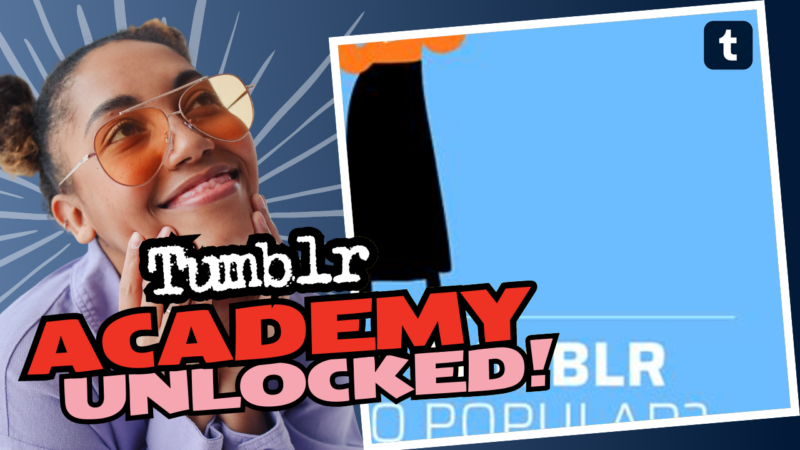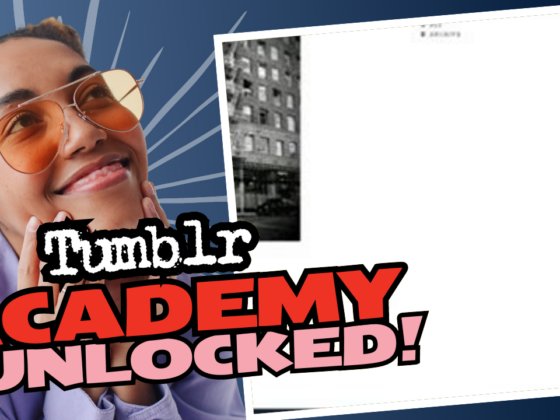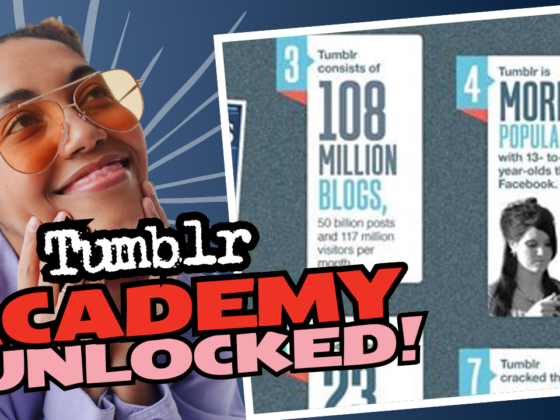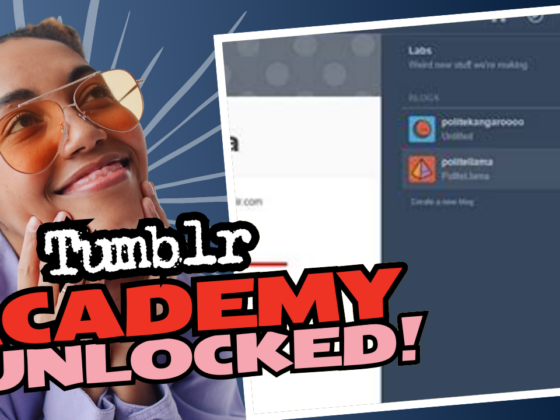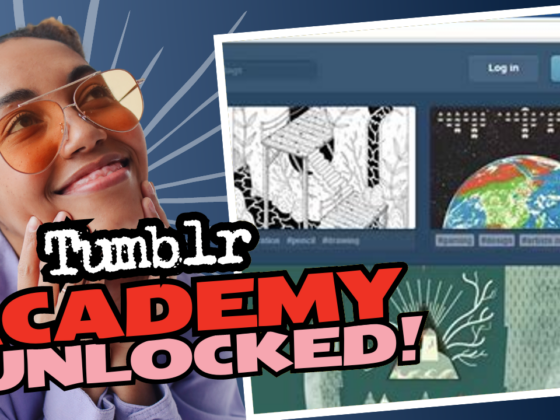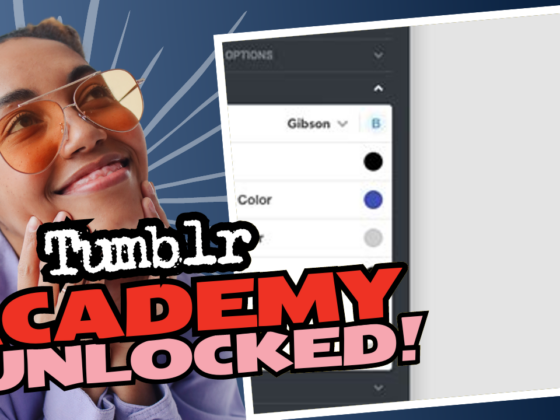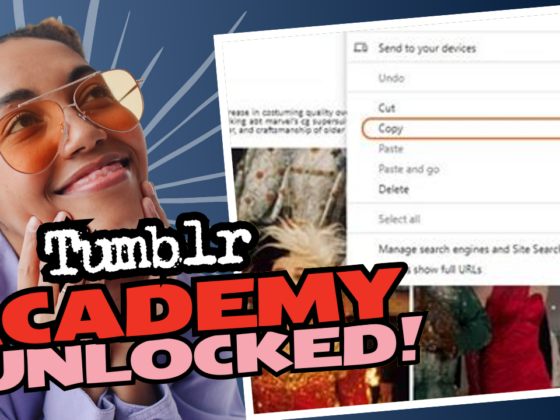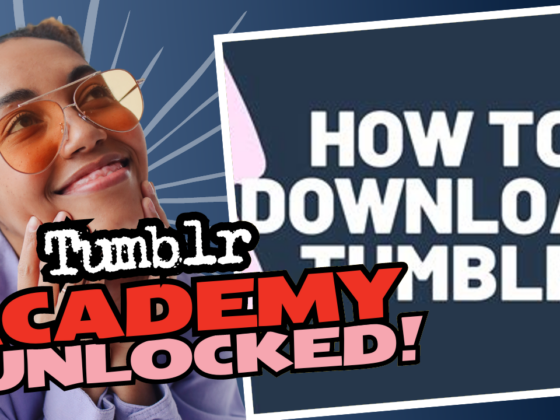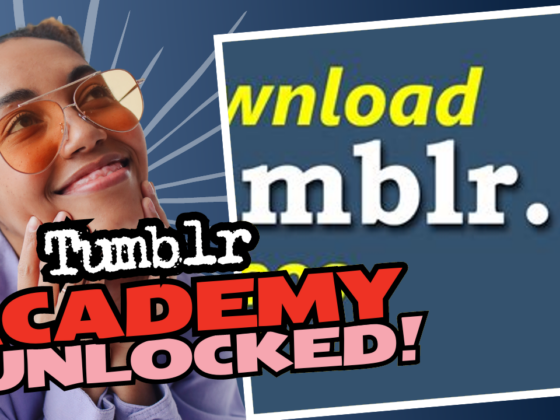When Did Tumblr Peak? The Glory Days Explained
Ah, Tumblr. Just hearing the name takes us on a nostalgia trip, doesn’t it? For many, especially those who rode the wave from the early 2010s, it’s akin to referring to an old friend that you swear was once cooler than your current crew. If you were around to witness its heyday, you likely have vivid snapshots of it being an absolute vortex of creativity and chaos! Buckle up as we dive deep into the Tumblr years that made it a cultural phenomenon — and when it, for lack of a better phrase, peaked!
The Early Years: The Birth of a Community
Let’s set the stage. Tumblr launched back in 2007, but it *really* got its groove on around 2010. This was when many users, particularly those in the Zillennial and Millennial cohorts, entered the scene. Imagine a wild, colorful carnival filled with everything from fandoms to poetry, aesthetics, and memes. It was a platform where quirky gifs danced alongside passionate discussions about indie bands and vintage movies.
In its inception, Tumblr embraced the outcasts, the dreamers, the weirdos—the kind of folks who found traditional social media platforms stifling. It became a sanctuary for expressing identities, creativity, and, well, a good dose of *randomness*. Plus, with the advent of mobile apps, the platform surged in popularity, allowing users to curate their own content from anywhere. Freedom of expression? Check. An online diary? Check. A space for fandom communities to flourish? Double-check!
The Peak Years: 2010-2014
Now, let me transport you to the golden era: 2010 to 2014. Experts and avid users alike agree that this was Tumblr’s prime. Why? Because, this was when everything was just *so magical*. The platform was buzzing with vibrant communities — from One Direction stans to “Sherlock” fans, and *don’t get me started on the Superwholock era* (yes, we *all* know what that is). All the feels and the chaos wrapped in an aesthetic bow topped with fanart glitter!
| Year | Features | Cultural Impact |
|---|---|---|
| 2010 | Mobile app launched; New themes and customization options introduced | Rising popularity among teens and young adults, early fandom waves |
| 2011 | Introduction of the “Follow” feature across multiple blogs | Bursts of creativity: memes and unique micro-communities emerge |
| 2012 | “Dashboard culture” blooms; Vines and image-based posts are everywhere | Significant cultural moments: revival of the ‘90s aesthetic, indie music focuses |
| 2014 | Acquisition by Yahoo! | Community shifts, change in governance, and platform features begin to feel different |
During this period, Tumblr heavily influenced other platforms, igniting trends like the *bohemian* and *pastel goth* aesthetics that resonated far beyond its borders. Remember how finding the *perfect theme* for your blog was a rite of passage? And how everyone and their cat started a floral blog? *Ah, the humble glow blog.*
Why 2012 Stands Out
Why does 2012 get the crown, you ask? For anyone who was online during that time, it felt like a *tumultuous explosion* of creativity! This particular year saw the birth of countless funny and chaotic memes, reshaping internet humor. And let’s not forget that this was when many of us were navigating our teenage years — an *intensely formative* time if there ever was one!
If you were a high schooler in 2012, your Tumblr dashboard probably looked like a fever dream: gifs of Disney characters crying, witty posts about existential dread, and countless fanfics waiting for your attention. Don’t act like you weren’t clicking ‘read more’ on those *steamy one-shot fanfics* at 2 AM—because we *all* know you were! And let’s not even talk about the emotions surrounding gifs from shows like “Doctor Who” and “Supernatural.”
The Paradigm Shift: Mid to Late 2010s
But as every fairytale has its dark twist, Tumblrs meteoric rise couldn’t last forever. After 2014, things started to change. Yahoo’s acquisition brought a wave of new traffic but also a chilling effect on the community vibe. Users noticed the “content moderation” turning into censorship; suddenly, the space that felt like home and offered a feeling of protection started feeling less hospitable. It’s like moving from a lush green paradise—to, say, a desolate desert with tumbleweeds rolling across your feed.
By the time we hit 2015, the charm was fading. The chaotic, colorful aesthetic was replaced with more polished and curated content. Fandoms became increasingly toxic; the original feeling of *safety* morphed into a chaotic landscape where you had to tread lightly on fragile feelings and volatile fandom disputes (ah, yes — the *drama* was strong with this one). And then there was the emergence of rival platforms, primarily Instagram and Snapchat, which started capturing attention like a hot date showing off their new car.
Tumblr Today: The Ghost of a Platform
Fast forward to today, and while Tumblr still exists as a quirky corner of the internet, it’s vastly different from its prime days. Interactions feel less organic, and the allure of spontaneous creativity seems to have dwindled. Many users have abandoned ship, trading their chaotic dashboards for Instagram aesthetics and TikTok dances. It’s like watching your favorite TV show get rebooted with different actors and a boring storyline—*what happened to the vibe?*
However, there remains a loyal band of users who continue to interact and create. Some say it’s now a ghost town, while others enjoy having a smaller, more intimate space. “Some people are there, but I used to see notes in the hundreds of thousands, I don’t remember if we got up to millions, but now I’m happy to have my little blog with 300 followers,” said one user, capturing the bittersweet nostalgia of a once-thriving scene.
The Cultural Legacy of Tumblr
Even though Tumblr’s reign may have subsided, its cultural footprint remains palpable. It pioneered ways of sharing content that many platforms adopted, from comment sections filled with memes to the practice of “reblogging” that’s intrinsic to how we share and build online conversations today. Plus, the way it celebrated diversity helped set the stage for ongoing conversations about representation in digital spaces. It’s undeniably the DC Comics to Instagram’s Marvel—an underground legend still recognized by devoted fans.
Mourning the Old Days
Many of us look back at those early days with a touch of melancholy. It was a wild ride filled with *cringe-worthy memes*, dramatic fandoms, and the joyous feeling of being part of something that felt vast and inclusive. Tumblr was where outcasts became celebrities of their own, and innocuous posts went viral overnight.
Now, between TikTok dances and Instagram influencers, it’s easy to forget the joyous chaos of *old school Tumblr*. Those years will forever remain in our hearts—whether you were forming your identity, sharing your art, or just gawking at the brilliance of fandoms colliding. Truly, Tumblr offered a beautifully chaotic ecosystem that became both an escape and a home for millions. It’s *never too late* to revisit that world through curated archives or those who continue sharing the magic they found!
In Conclusion
So when did Tumblr peak? The early 2010s, friends. From 2010 to 2014, it boasted a unique blend of *art, memes, drama, and community* that simply cannot be replicated. While today’s Tumblr may feel like a calm pond compared to the wild river of yesteryear, its legacy remains a beacon of creativity. And let’s face it; even as we move on to newer platforms, there’s something uniquely special about *the insanity and raw beauty that was Tumblr*—and for that, we’ll always hold a warm spot in our hearts (or maybe just our old tabs!).

